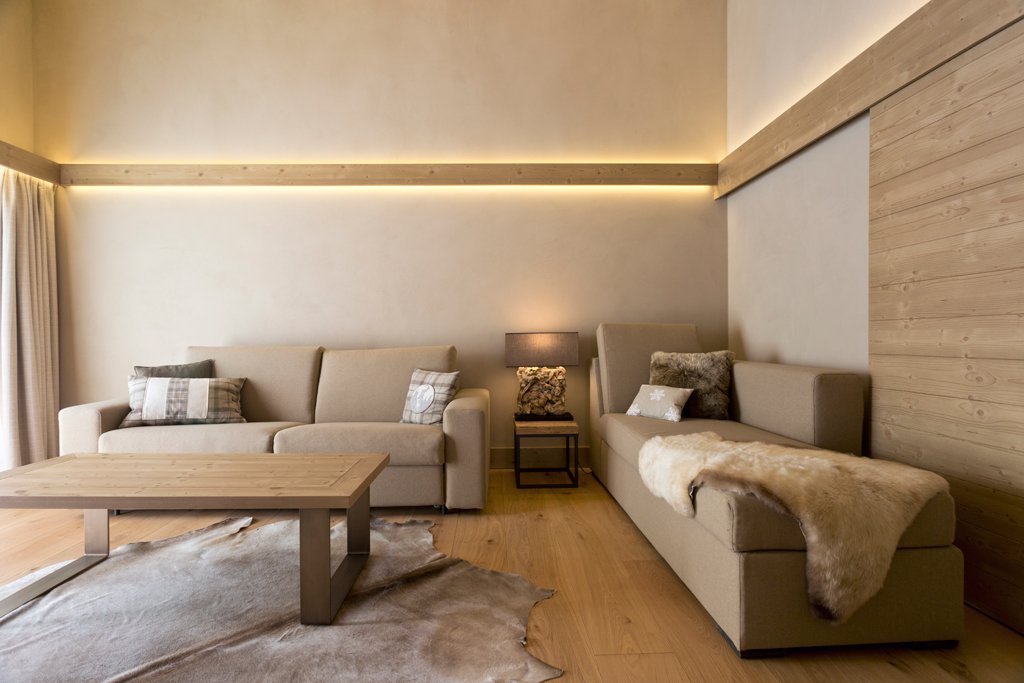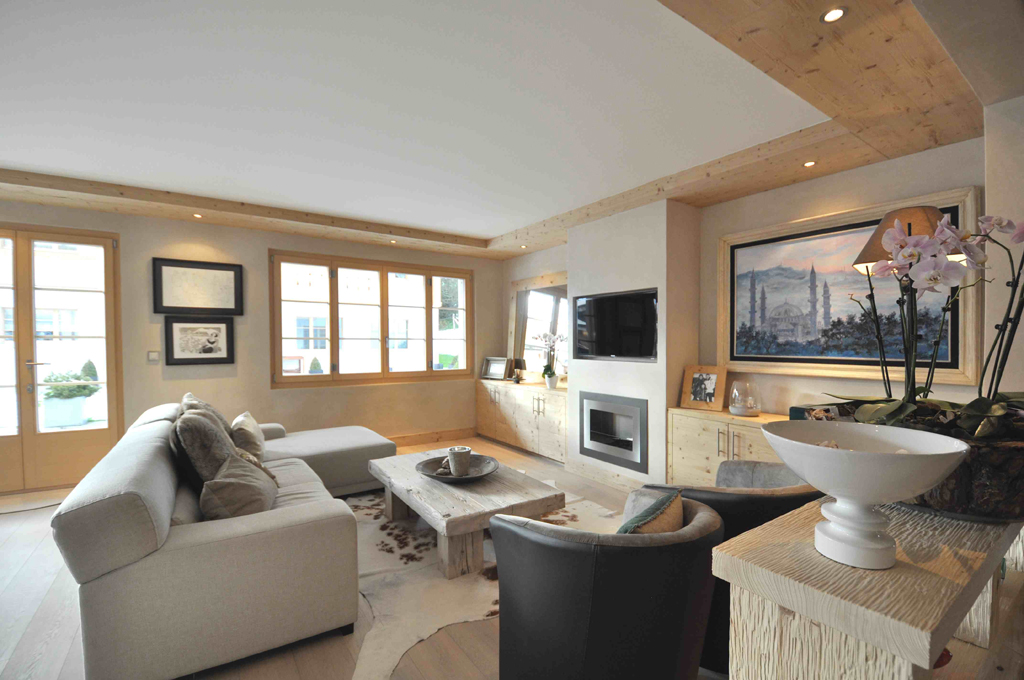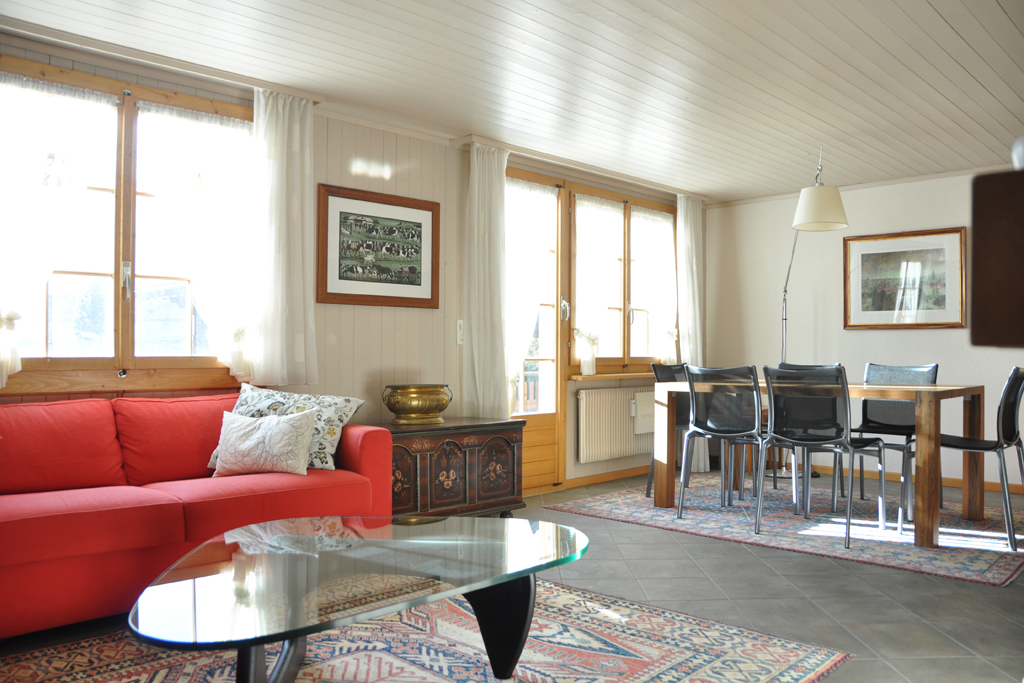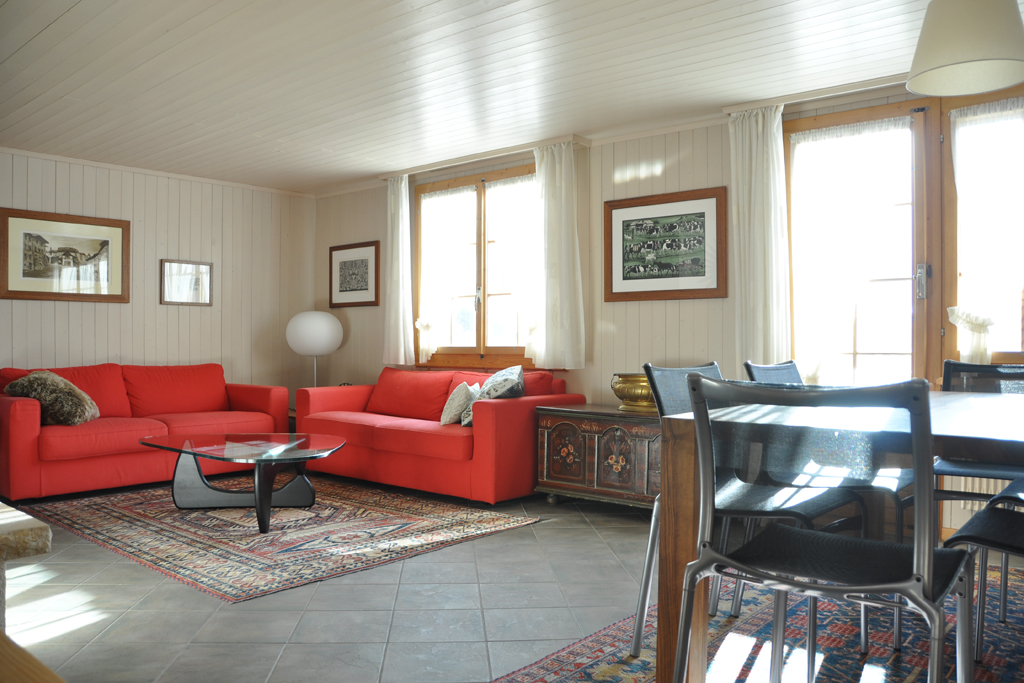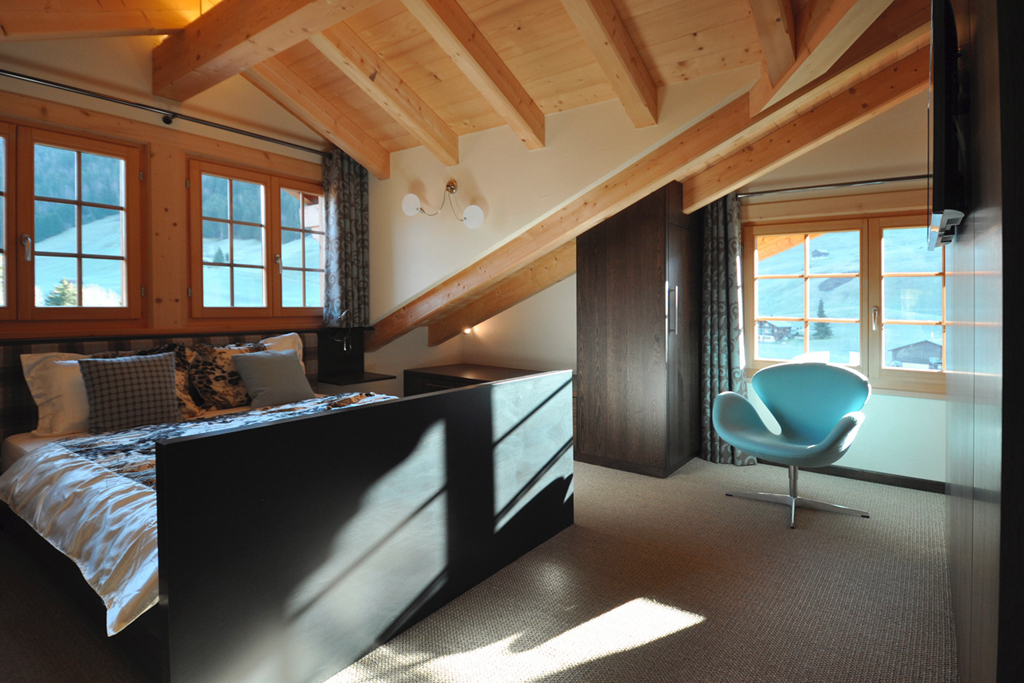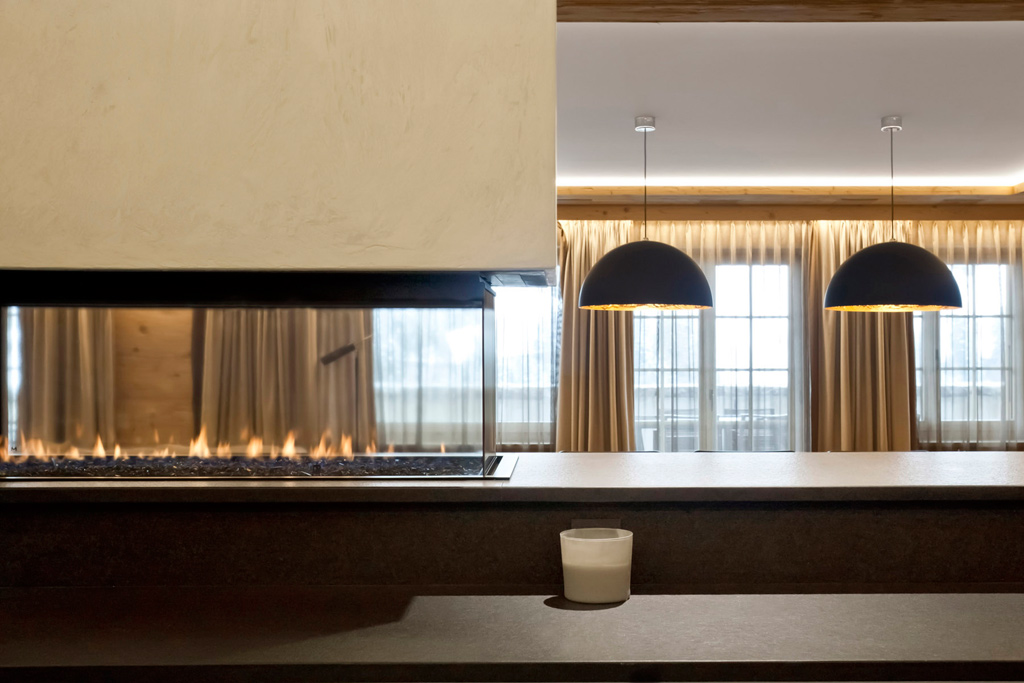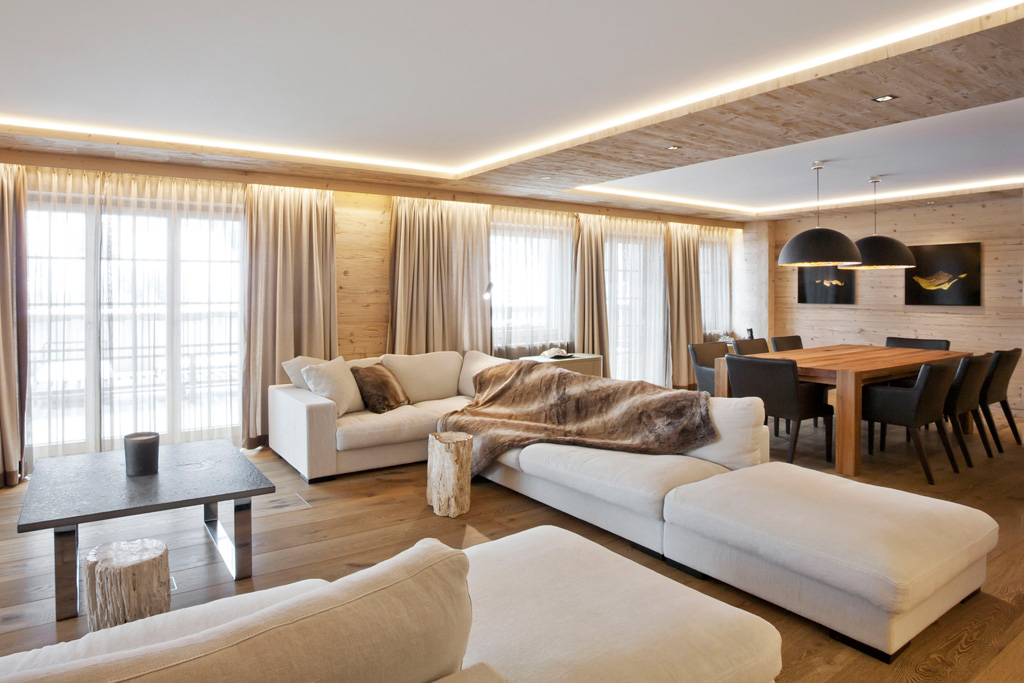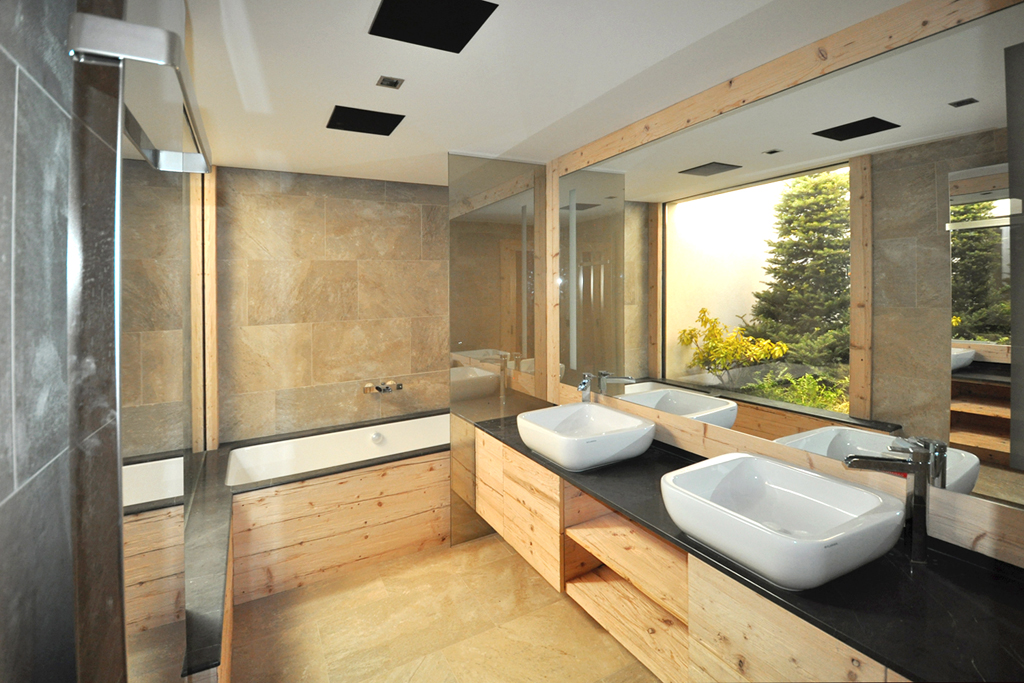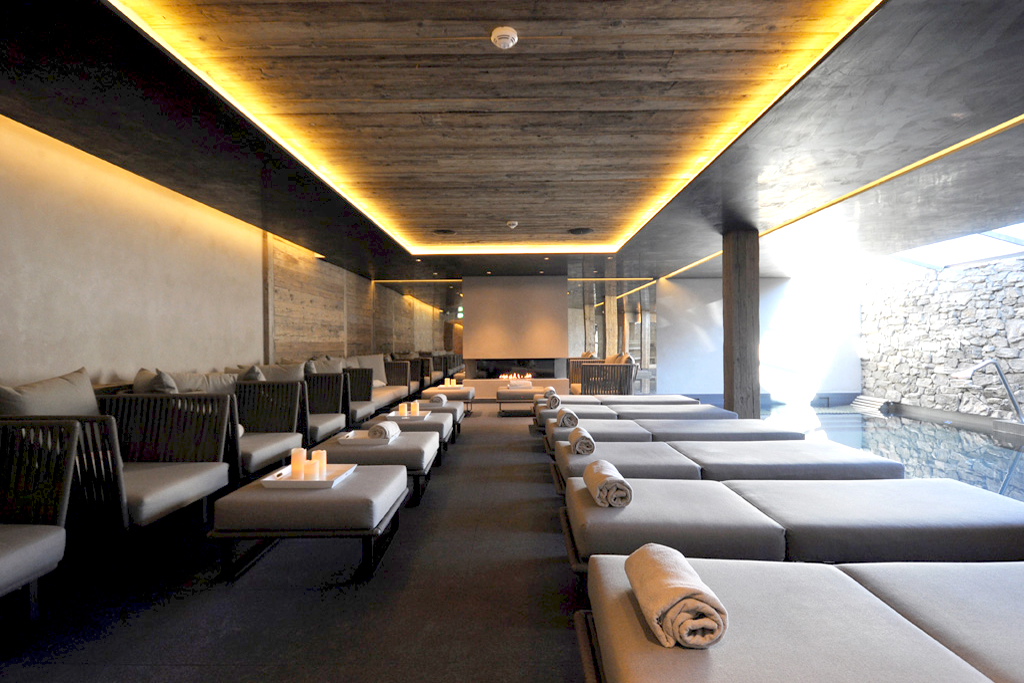
HYGGE - A Home Is Where the Heart Is
17-12-2017 16:07
Hygge - pronounced hoo-ga - is a Danish word that has to do with the way we feel when we are at home.
The word has suddenly become very popular worldwide, but what does it mean exactly and how does this concept affect interior design?
One may translate hygge as cosiness, wellbeing, homeliness, relaxation, as well as the desire to create a comforting atmosphere, in which simple experiences, such as lighting a candle, can have a profound impact on wellbeing.
Being with family and friends, enjoying good food and conversation, candlelights are just simple and effective ways to withstand the long, cold and dark winter. This is the reason why, in spite of the climate, the Danish people are considered to be the happiest in the world.
Such is the context and the spirit in which Scandinavian designers have always worked. Design is an extension of daily life, balanced between the pleasures of nature, with its wide open spaces, and those of a home, the warm and cosy cocoon.
Since 1930‘s the Scandinavian designers set out as their goals functionalism, simplification of form, social conscience and aesthetic sensitivity: their work is a quest to find means of lightening the everyday gloom.
Nordic design aims to improve the quality of life through the use of natural products and materials, in particular the renewable resources that can be found locally, such as wood, rattan and leather.
Scandinavian designers draw their inspiration from nature: curved forms and textile patterns derive from flora and fauna, though presented in a simplified abstract way.
The Swedish slogan "Vackrare vardagsvara", something beautiful everyday, clearly explains the nordic attitude: whatever they create, it is done in a meticulous and sensitive spirit.
Cost efficiency is another important factor: design should be as widely accessible as possible, it is not a coincidence that Ikea was founded in Sweden.
Nevertheless, there are also objects that complement the interiors purely for their visual appeal, rather than for their function. The nordic art glass and ceramics are renown for their clean, streamlined aesthetics and their understated elegance.
If you feel inspired by nordic design, here is a list of its key elements.
1. Wood
It is used in all forms: untreated, polished, painted, light dark, with oak, mahogany, teak or pine being the most popular choices. Wood is also used in the making of furnitures, but also in decorative objects, sculptures, accessories and tableware.
2. Pastel colors
The Scandinavian palette is minimalistic, with white being the favored color, having the advantage of reflecting and enhancing the natural light. Black offers a visual balance. Pastel color brightens things up, in a palette that goes from powder pink to almond green, sky blue and mustard yellow, including all the shades of grey, grey blue, grey green and all the hues from beige to khaki.
3. Geometric patterns and graphic prints
Scandinavian textiles are playful and their visual impact can be particularly striking.
Abstract patterns peep up accessories such as cushions, lampshades, blankets, trays but are also used to decorate entire walls, with wallpapers or posters. The good news is that graphic prints can alter the style of your interiors without having to change all the furniture.
4. Animal skins
Sheepskin, goatskin and cowhide are used as rugs, draped over a sofa or made into cushions. Animal skins add a touch of warmth to nordic interiors, which are typically quite bare and minimalistic.
5. Signature pieces
Scandinavian design is iconic. Signature pieces such as a lounge chair by Arne Jacobsen, a lamp by Poul Henningsen, a slim sideboard cabinet by Nils Jonsson or a glass vase by Alvar Aalto, make a cool statement in your home while combining simplicity, functionality and aesthetics.
Now that you’ve learnt the basic rules of nordic design and that you are getting accustomed to hygge, you’ll be glad to hear that there’s another Scandinavian trend to keep up with, which is the Swedish concept of "lagom".
It translates to “not too much, not too little,” otherwise known as moderation.
But we’re going to be moderate and... will save it for our next post!
(0) Comments

